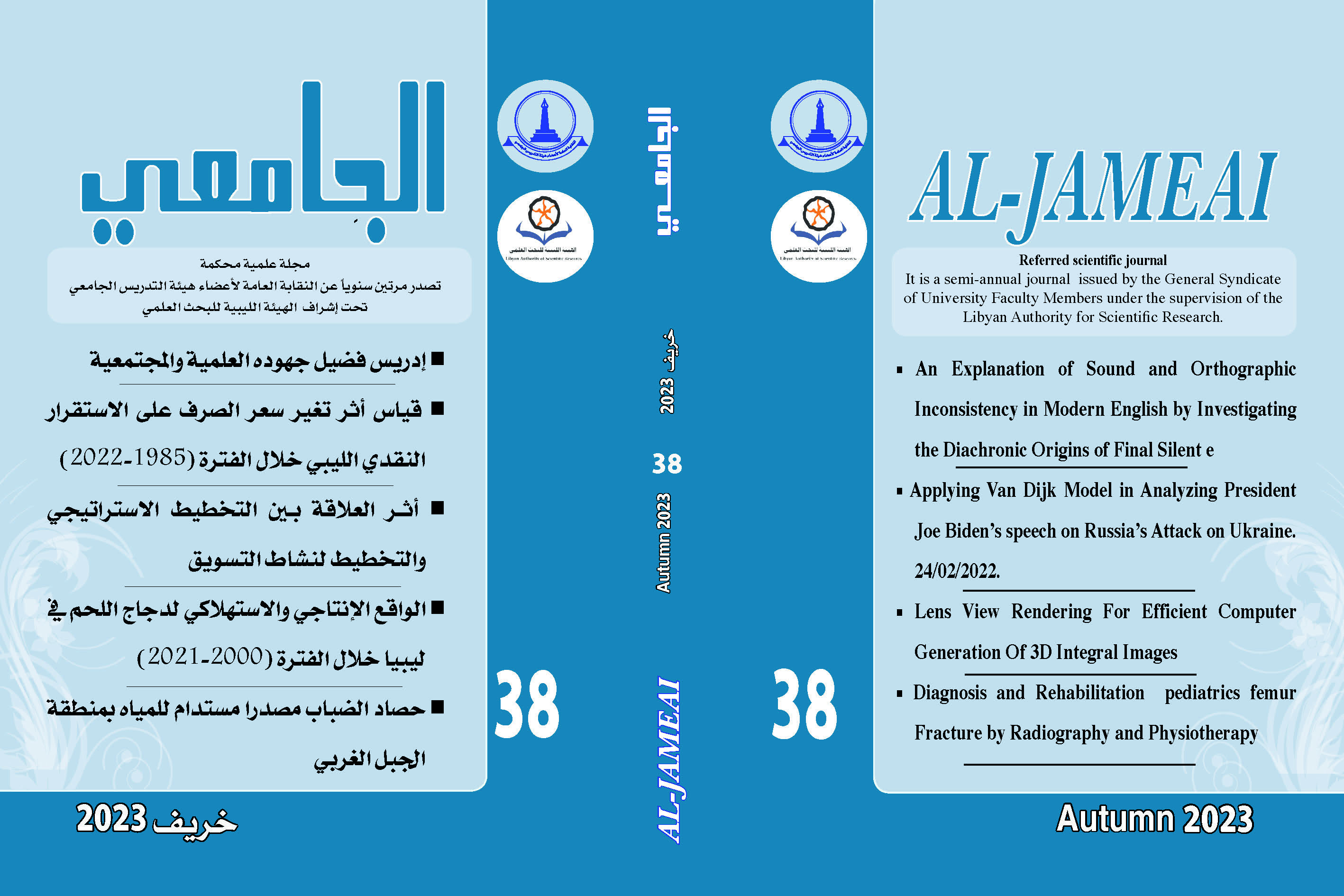Lens View Rendering For Efficient Computer Generation Of 3D Integral Images
Abstract
- Abstract:
3D Holoscopic imaging is a technique that use one single camera aperture where it consists of micro-lens array type in the rendering process, that leads to avoid eye fatigue. The paper presents a novel algorithm that addresses the challenge of reducing the computational time required to generate photo-realistic still 3D integral images based on multiprocessors ray tracing system. The proposed approach combines information from multiple micro-images with the first micro-image being fully ray-traced and the subsequent ones generated through re-projection by using spatial coherence between adjacent micro-images. This allows reusing of results obtained through one micro-image to computer generate the neighboring micro-image and hence to avoid ray tracing all the pixels. The algorithm deals with micro-images of a still image separately and apart from the first micro-image which is fully ray traced, all other the micro-images are generated using information obtained from the correspondent micro-image in the cylindrical-lens immediately prior to it. Subsequent, test results show the important impact that the new integral lens view algorithm has achieved saving approximately (13 % - 47 %), more than its normal execution speed regardless the complexity of the scene, and the number of computations. In the case of a complex nature scene such as tree scene a significant saving up to (41 %) and saved up to (6.057) seconds is achieved. Whereas, the saving in such as teapot, room, small-balls, and primitives scenes are between (25 %, 39 %, 47 %, and 27 %) respectively. Promising results obtained are making a real impact on the various applications such as virtual reality, 3D computer games and architectural visualization are certain now.
المستخلص:
تقنية الصور المتكاملة ثلاثية الابعاد, تستخدم بؤرة واحدة وحيث أنها تتكون من عدة عدسات متصلة علي هيئة مصفوفة أثناء عملية التقاط وإظهار الصورة. وكل عدسة من تلك العدسات تلتقط الصورة المصغرة بزاوية رؤية مختلفة قليلا عن العدسة المجاورة. وهذه الميزة وغيرها لهذه التقنية تقود الي عدم الإعياء والإجهاد للبصر خلال المشاهدة. هذه الورقة البحثية تقدم لأول مرة خوارزمية جديدة تسمى" مشاهدة العدسة لكفاءة تكوين الصور في الزمن الحقيقي بين العدسات الاسطوانية الصغيرة " التحدي المتعلق بتقليل زمن المعالجة وعمليات الحساب المستغرقة من اجل انتاج الصورة المتكاملة وذلك بتسريع يقترب من الزمن الحقيقي المعتمد علي خوارزمية تتبع الشعاع للمعالجات المتعددة التي تستغرق ليس بالبسيط لأنها تقوم بحساب انتقال الضوء وتقاطعه مع الشي في موقع معين لأخد الوان ذلك المكان والمشهد ككل بتتابع. هذه الورقة تدرس عملية اعادة استخدام البيانات المتحصل عليها بواسطة خوارزمية تتبع الشعاع أي اعادة اسقاطها في الموقع المحدد الجديد بعدما تم تحديد موقع جديد باستخدام معاملات العدسة وهي تكون علي هيئة متجهات. النتائج العملية اظهرت تحقق تسريع في تكوين الصورة المصغرة الاسطوانية بأربعة اضعاف مقارنة بإنتاج الصورة الثلاثية بين مجموعة من الإطارات. لقد تم استغلال عملية الترابط بين العدسات الاسطوانية المصغرة وكذلك تم استخدام خوارزمية تتبع الاشعة المتعددة.
Downloads









